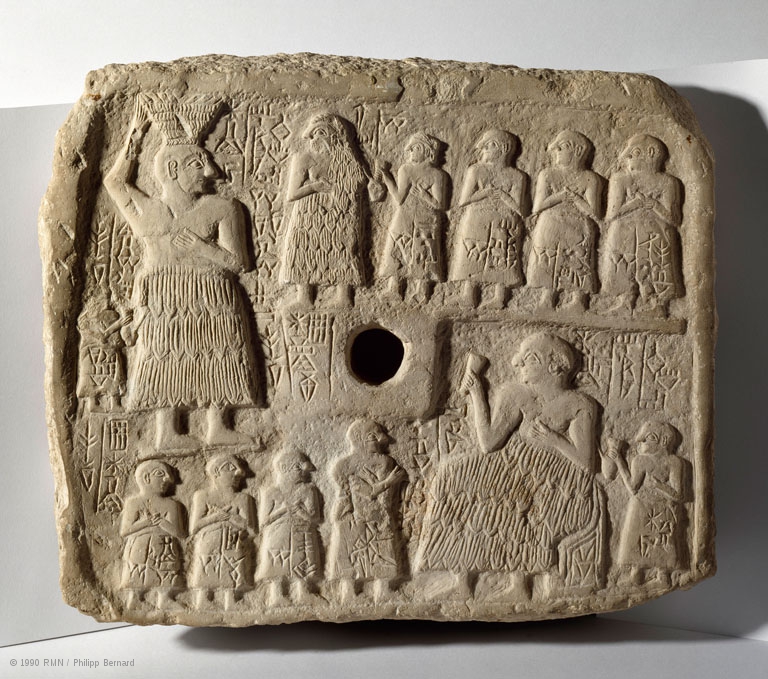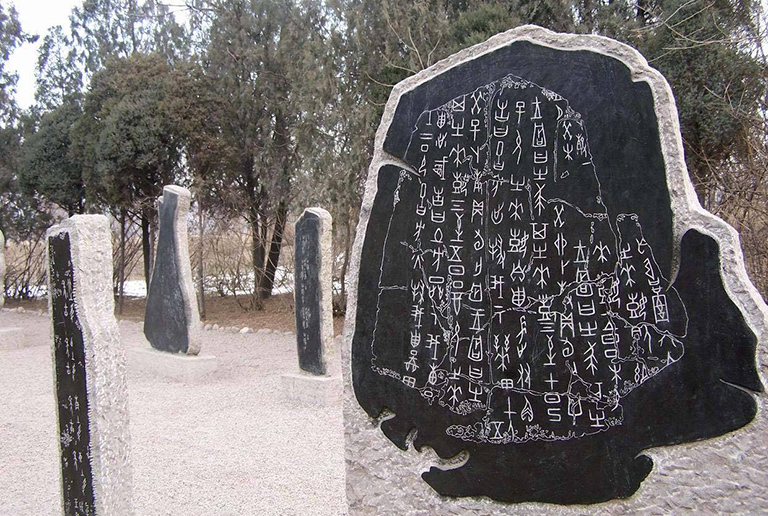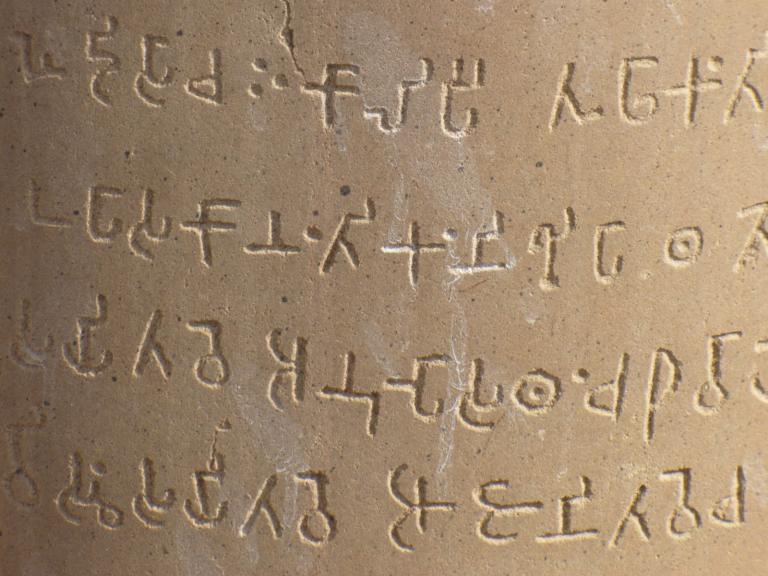Northern Stele Inscriptions with Diversified
4 min readStyles Calligraphy in the Northern Dynasties was a system independent from the one in prevailed. In the Northern Dynasties, due to the popularity of religion, there were many stone caves and statues that required steles. As the government didn’t forbid steles, the feudal nobles even regained the custom of the Han dynasty to erect steles to memorize one’s personal achievements.

These stone carvings and character marks are together called “stele inscription”. Most of the contents were serious, lerical style or regular script which should be natural and with upright preciseness. Therefore, in this period, there was the concurrence of stele inscription of the Northern Dynasties and rubbing calligraphy of the Southern Dynasties in the history of Chinese calligraphy. Stele inscriptions of the Northern Wei dynasty were the most abundant and got the highest aesthetic achievements, so Wei stele inscription was often used to denote stele inscription of the Northern Dynasties.
The stele inscriptions of the Northern Dynasties were general category of chirography between the Han clerical style and the Tang regular script. Though varied in styles, the Northern stele inscription mainly belonged to two basic types -on purpose style and free or at-will style. To produce the on-purpose type of stele inscription, one needed to have excellent calligraphic skills in forming unchangeable strokes and structure. Stele inscriptions of this style were often produced by calligraphers with great famous official literates, who had a group of skilled carvers working for them. Since the steles for officials were different from those for ordinary people, they require more exquisite carving work ski The free style was often adopted by folk calligraphists.

Without the sound basic lls like those famous calligraphers, they were less demanding in the final work so their carvers were able to be more creative in their carving work. Their works another type of beauty when compared with the on-purpose style with rational sense. The styles of the Northern stele inscription were never influenced by calligraphic style of Wang Xizhi and Wang Xianzhi. Instead, they directly followed calligraphy of the Han and Wei dynasties The styles were diversified, mainly including the following six categories-regu and elegant style, vigorous and plain style, free and fantastic style, imposing and magnificent style, direct and fluent style, as well as beautiful and vigorous style.
The regular and elegant style was also known as “Luoyang style” as it was the mainstream style of the Northern stele calligraphy from Luoyang area. Actually, most calligraphic works in the Northern Wei dynasty were epitaphs from Luoyang. The vigorous and plain style was represented by Twenty Works from the Dragon Gate, i. e. the twenty statue memos in the Longmen grotto south to Luoyang city. Among them were four decent ones. One of them was in relief; the other three were in intaglio. Yet the inscriptions had similar structure and strokes. The skillful use of knife made strokes of the same sort looked the same, so these works were a little too formulaic. The free and fantastic style was represented by works of Wang Yuan seen on the east wall of the stone gate in Baocheng county, Shannxi province.
Beside it locate the famous Moya stone inscription in clerical style of the Han dynasty. Although Wang Yuan’s calligraphic style was different from the Moya inscription, his structure, emotional appeal inherited its charm and got himself a high status among all Northern stele calligraphy. Wang Yuan’s works were in regular script with sli and similar strokes. The style was free and fantastic, with much more aesthetic connotation than the Han clerical script. The imposing and magnificent style was represented by some epitaphs excavatedk from Luoyang. The structures were elegant and symmetric; and the strokes were in shape between square and round, which seemed placid and graceful. There were also some works of this style from unknown excavating places, yet were graceful and exquisite. The author was highly skilled and his works were free, elegant in preciseness, diversified and graceful in harmony.
In some other works, though the characters were not big, they were as imposing as the Moya script; in some works, the strokes were vigorous yet with tenacity and verve The direct and fluent style was mainly seen in preface for statue memos. Some memos were in cursive script and were inscribed in a hurry according to colored script; some imitated the form and configuration of written calligraphy without colored script on the stone, so they seemed crude and clumsy as it was difficult to find the exact place and form for strokes. However, as for their artistic appreciation value, those works were with pure and simple attraction, and could highly inspire modern pursuit of calligraphic styles. The beautiful and vigorous style of inscription was found among calligraphic works from Northern Wei and Northern Zhou dynasties. All inscriptions, other than race and that being inscribed on the ridge, should be produced by one person. the preface The uniqueness of the style lied in their huge size and primitive simplicity. Its primitive simplicity was demonstrated by structures and strokes of the characters. Some seemed clumsy structures actually revealed implicit skillfulness.
Different components from clerical script, regular script and even seal script were combined together into a harmonious unity. And the strokes, with blending style from seal, clerical and regular script, were mainly in round shape so as to match the magnificence of the mountain. The general style for Northern stele calligraphy was rough and plain with natural beauty of ease. In the history of Chinese calligraphy the style was a contemporary aesthetic type forming a strong contrast with the Southern rubbing calligraphy which was carefree with flowing beauty and profound connotation. The rules for regular script formed in this period laid a foundation for the resplendence of calligraphy of the Tang dynasty. Thereafter, Chinese calligraphy became mature in its different scripts, styles and theoretical system. The Northern stele calligraphy was regarded as a revered monument in the history of Chinese calligraphy.









